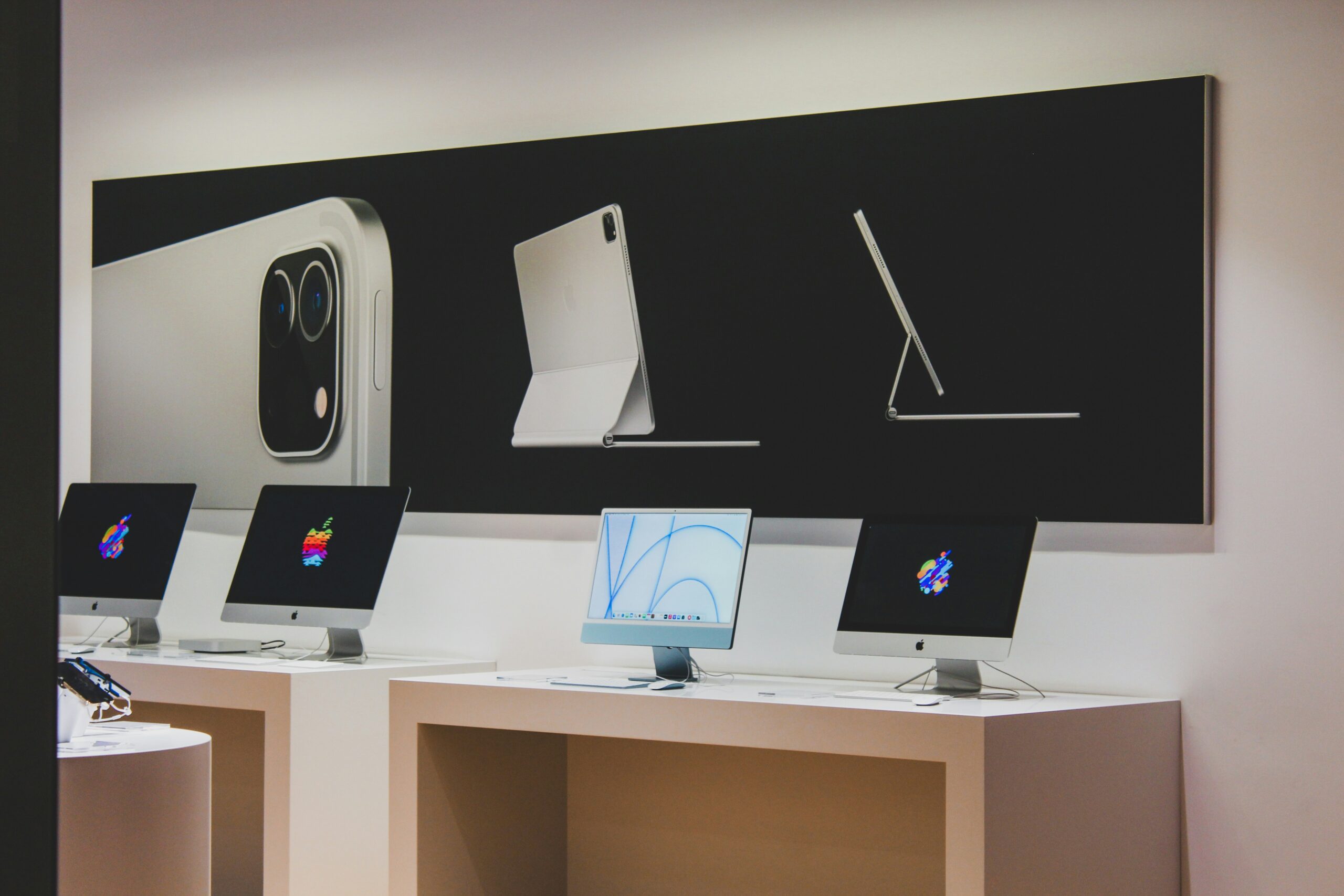Mac računala have long been synonymous with innovation, design, and performance. From their humble beginnings in the 1980s to their current status as industry leaders, Apple computers have continuously evolved to meet the needs of users around the globe. With the introduction of Apple Silicon, these machines are entering a new era that promises even greater capabilities. As we dive into this transformative journey, you’ll discover how Apple Silicon is reshaping what Mac računala can do and why it matters for every user. Whether you’re a creative professional or a casual user, there’s so much to explore in this exciting shift!
The History of Mac Computers
The history of Mac računala began in 1984 with the launch of the original Macintosh. This groundbreaking computer featured a graphical user interface and a mouse, making technology accessible to everyday users.
Throughout the late ’80s and early ’90s, Apple introduced various models, each pushing boundaries in design and functionality. The PowerBook series brought portability into the mix, appealing to professionals on the go.
As time passed, Macs became known for their creative capabilities. Software like Adobe Photoshop thrived on these machines, solidifying their place in graphic design and multimedia production.
In 2006, Apple made a significant shift by transitioning from PowerPC processors to Intel chips. This change opened up compatibility with Windows applications and broadened market reach while maintaining that distinct Mac experience.
Each era has contributed unique features that cater to different audiences—making Mac računala an enduring favorite among tech enthusiasts worldwide.
What is Apple Silicon?
Apple Silicon refers to a family of processors developed by Apple specifically for its Mac computers. This transition marks a significant shift from Intel-based chips to in-house designs that emphasize performance and efficiency.
The first chip in this lineup, the M1, debuted in late 2020. It showcased Apple’s ability to optimize hardware and software integration seamlessly. With custom architectures tailored for specific tasks, these chips enhance multitasking capabilities and energy efficiency.
Built on ARM architecture, Apple Silicon enables innovative features like improved graphics processing and machine learning functionalities. As a result, applications run smoother while consuming less power than their predecessors.
This move not only redefines what users can expect from their devices but also sets the stage for future advancements within the ecosystem. The potential is vast as Apple continues to push boundaries with its proprietary technology.
Benefits of Apple Silicon for Mac Users
Apple Silicon brings a refreshing change for Mac korisnike. The integration of this technology means that performance and efficiency are now tightly woven into the fabric of every device.
Users can expect faster processing speeds. Tasks that previously took time now happen almost instantly. Whether you’re editing videos or working on demanding software, Apple Silicon handles it effortlessly.
Battery life has also seen remarkable improvements. With better energy management, you can work longer without searching for an outlet. This is particularly beneficial for those constantly on the go.
Moreover, compatibility with iOS apps adds another layer to user experience. Now, users have access to a wider array of applications right from their Macs.
The seamless ecosystem created by Apple further enhances productivity. Everything works in harmony, making your workflow smoother than ever before.
How Does Apple Silicon Compare to Intel Processors?
Apple Silicon marks a significant shift in Mac računala performance. Unlike Intel processors, which have dominated for years, Apple’s custom chips are tailored specifically for macOS.
One of the standout features is efficiency. Apple Silicon can deliver impressive power while consuming less energy. This means longer battery life and cooler operation, which many users appreciate during extended work sessions.
Performance-wise, benchmarks reveal that Apple’s M1 and subsequent chips often outpace their Intel counterparts in both single-core and multi-core tasks. This translates to faster app launches and smoother multitasking experiences.
Moreover, the integration of hardware and software enhances overall stability. Features like advanced machine learning capabilities give creative professionals new tools at their disposal; something standard Intel setups struggle to match seamlessly.
Compatibility has evolved as well, with Rosetta 2 enabling smooth transitions for older applications designed for Intel architecture, ensuring that users face minimal disruption during this transition period.
The Transition to Apple Silicon
The transition to Apple Silicon marked a pivotal moment for Mac računala. Apple announced this shift in June 2020, unveiling its plans to move away from Intel processors. The excitement was palpable.
Developers and users alike wondered how this change would affect performance and compatibility. Early benchmarks hinted at dramatic improvements, leaving many eager to experience the new technology firsthand.
Apple’s M1 chip debuted in late 2020 with impressive specs. It promised faster processing speeds and enhanced energy efficiency compared to its Intel predecessors. This was a game changer.
Software developers quickly adapted their applications for the new architecture. Native apps showcased incredible speed and responsiveness, making everyday tasks feel seamless.
The transition wasn’t without challenges, though. Some legacy software faced hiccups during this period of adjustment but updates rolled out swiftly as Apple supported a smooth migration path for users everywhere.
Future Possibilities with Apple Silicon
The future of Apple Silicon opens exciting avenues for innovation. As developers continue to harness its capabilities, we can expect applications that are not only faster but also more efficient.
Imagine software optimized specifically for the M1 and beyond, unlocking possibilities in gaming, design, and artificial intelligence. Enhanced graphical performance could redefine how we experience visual content on Mac računala.
Additionally, improved battery life will likely reshape mobile computing. Lighter laptops with extended usage times may become the new standard.
Apple’s commitment to integrating hardware and software means a seamless user experience is on the horizon. This synergy could lead to features like advanced security protocols directly embedded in chips.
As third-party manufacturers adapt to this architecture, an ecosystem rich in accessories and peripherals tailored for Apple Silicon will emerge. The landscape of personal computing is poised for a revolution driven by these advancements.
Conclusion
Mac računala have always held a special place in the hearts of tech enthusiasts and creative professionals alike. With the introduction of Apple Silicon, they’ve entered an exciting new era that promises to enhance performance while maintaining the sleek design Apple is known for.
The transition from Intel processors has not only allowed Mac users to experience faster boot times and improved battery life but also offers greater efficiency for demanding tasks. As more apps are optimized for ARM architecture, we can expect even better performance across various software.
Looking forward, Apple Silicon opens up numerous possibilities for innovation in the Mac lineup. From enhanced artificial intelligence capabilities to better graphics processing, it’s clear that Apple’s vision extends well beyond what we’ve seen so far.
As technology continues to evolve rapidly, Mac računala with Apple Silicon will likely remain at the forefront of this evolution, offering users cutting-edge features and seamless integration within their ecosystem. The future looks bright for those who choose these powerful machines as their primary computing devices.

